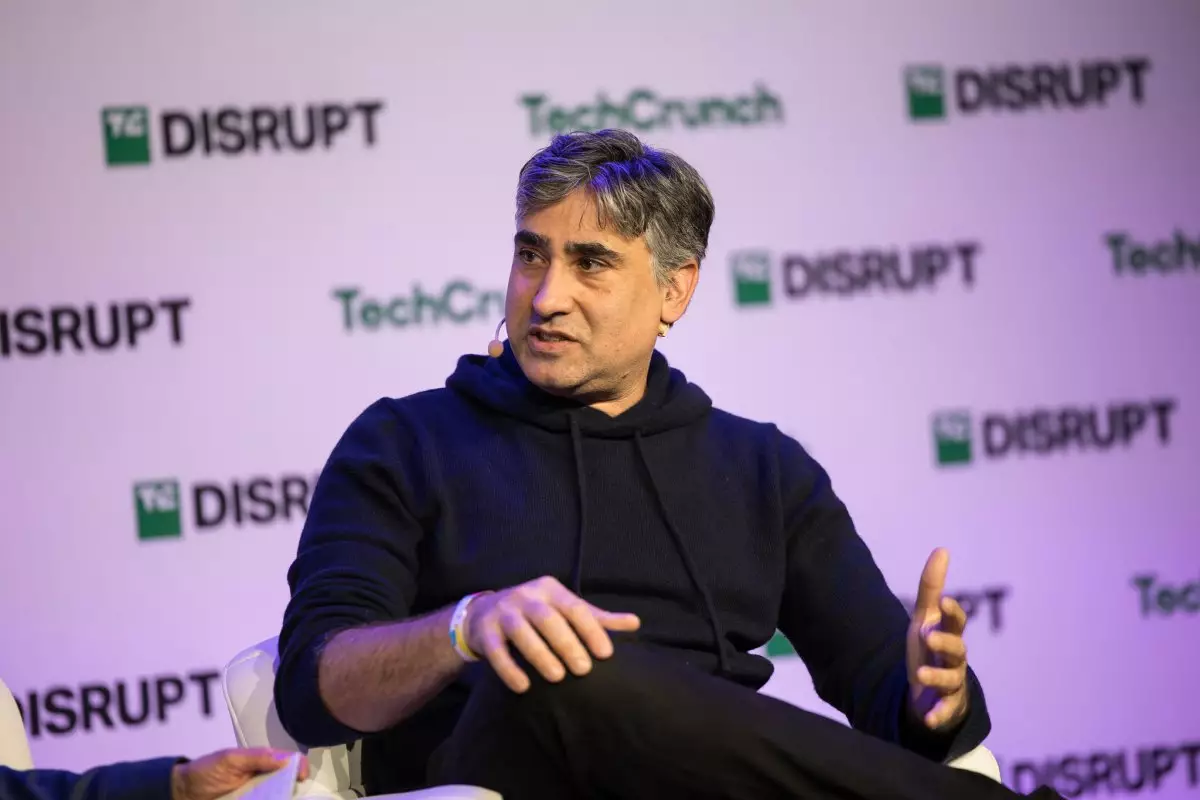The ongoing discourse surrounding artificial intelligence (AI) regulation frequently suffers from a fundamental misunderstanding of the technology itself, leading to poorly constructed legislative efforts. During TechCrunch Disrupt 2024, Martin Casado, a general partner at venture capital firm Andreessen Horowitz (a16z), articulated these concerns poignantly to an engaged audience. With extensive experience in the AI startup realm and a background steeped in technology development, Casado offers a unique perspective on what regulatory frameworks should prioritize.
One of the most striking criticisms leveled by Casado is that lawmakers often fixate on a hypothetical future landscape where AI has grown uncontrollable, rather than addressing the current risks it poses. His assertion challenges the tendency to envision dystopian scenarios instead of focusing on the tangible implications of AI as it stands today. “The conversation around AI seems to have emerged suddenly,” he noted, implying that this rush to create regulations lacks historical context. By neglecting the lessons learned from the regulation of other transformative technologies, lawmakers risk basing legislation on fears that are, at best, speculative.
For instance, Casado was critical of California’s proposed AI governance law, SB 1047, which sought to implement a “kill switch” for large AI models. He argued that its vague language and poorly defined operational parameters could hinder ongoing innovations instead of safeguarding against imaginary AI threats. This particular example underscores a larger issue: legislation rooted in unfamiliarity with the technology it seeks to regulate can stifle progress and generate confusion rather than clarity.
To facilitate effective regulation, there must first be a unanimous understanding of what constitutes AI. Casado pointed out that even the definitions of AI in current legislative endeavors are lacking. This deficiency demonstrates a broader issue within the regulatory landscape—the absence of input from those deeply embedded in AI’s development, including academics and practitioners. An informed perspective on AI’s capabilities and limitations is essential for creating sensible policies that address actual risks.
Casado suggests that a nuanced approach to assessing “marginal risk” is necessary. Instead of painting AI as wholly separate from established digital technologies, he posits that a framework comparing AI with existing tools, such as search engines or social media platforms, could yield insights into the distinct challenges posed by AI. Understanding these distinctions is paramount for crafting targeted regulations that can sufficiently address the specific nature of current AI applications.
Others in the industry, however, express a contrasting perspective—arguing that past experiences with technologies like the internet and social media demonstrate that the time to regulate is before problems arise, not after they create significant social harm. The unforeseen consequences associated with platforms like Facebook and Google serve as cautionary tales, suggesting a need for more proactive regulatory measures now, before AI becomes ubiquitous in everyday life.
In response, Casado argues that existing regulatory structures already possess the requisite mechanisms to design policies for new technologies. He cites the Federal Communications Commission (FCC) and other regulatory bodies as possessing a wealth of experience that can be tapped into for AI regulation. He insists, however, that emerging technologies like AI should not bear the brunt of regulatory failures from past innovations. Instead, legislators should target the underlying issues associated with social media and similar platforms.
As AI continues to unfold, the way forward should involve collaboration between technologists, regulators, and other stakeholders who possess the necessary expertise and firsthand experience to navigate this complex field. Casado’s viewpoint reflects a desire to avoid the pitfalls of hastily constructed regulations based purely on fear or sci-fi-inspired narratives.
To pave the way for responsible and impactful innovation, it is crucial that regulatory discussions begin from a place of understanding rather than assumption. Only through thoughtful engagement and a clear grasp of AI’s actual capabilities can relevant stakeholders develop adequate regulatory frameworks that truly mitigate risks without curtailing progress.
Martin Casado’s insights during the TechCrunch Disrupt event highlight the imperative of an informed, pragmatic approach toward AI regulation. Rather than succumbing to speculative fears, the focus must shift to tangible risks, historical lessons, and the intricate nature of AI technology itself. Only then can we ensure that regulations support innovation while safeguarding against genuine concerns in the burgeoning AI landscape.

